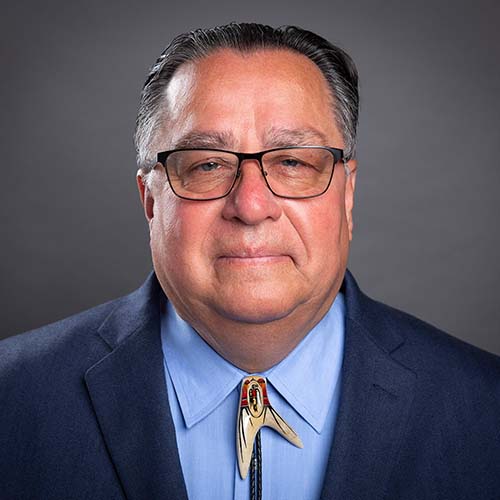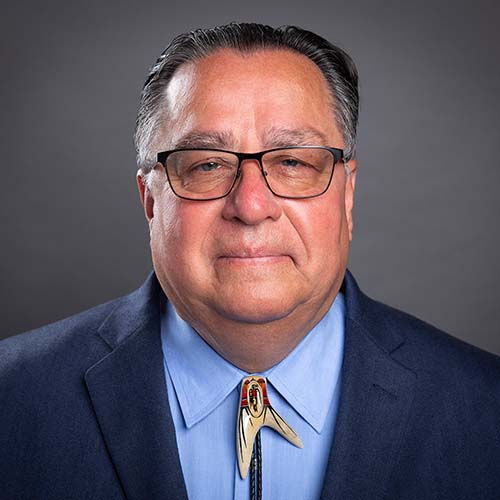
- Details
- By Levi Rickert
Seven-year-old Wambli “Baby Wam” Dolezal of the Winnebago Tribe of Nebraska joined Native Pride Productions on Thursday as the group brought Indigenous dance and heritage to the 99th Macy's Thanksgiving Day Parade in New York City — delivering a message of pride, survival and continuity to millions watching nationwide.
An estimated 3.5 million people lined the parade route of the 2025 Macy's Thanksgiving Day Parade. And, another 30 million television typically watch the annual parade.
As the parade floor at Manhattan’s 34th Street erupted with holiday spectacle — giant balloons, festive floats and marching bands — Native Pride’s dancers offered a striking contrast: traditional Woodland-style regalia, powwow drums and the rhythmic stomp of moccasins. Their presence marked one of the few times Indigenous dance has featured prominently on such an iconic national stage.
For Dolezal, the parade was more than just performance. He carried the legacy of his ancestors — the Bear Clan and heritage stretching across Ho-Chunk, Dakota, Lakota, Apache and Omaha roots. For communities represented by Native Pride, including the Eastern Shoshone, Red Lake Ojibwe, and Meskwaki among others, the appearance signified resilience and a public reclaiming of cultural voice.
“It’s about letting the world know that we still exist — that we’re not in museums or history books,” Larry Yazzie, founder of Native Pride said to ICT. “We are alive, and our culture is living, breathing — and being passed down to our young people.”
The group joined a lineup of celebrated performance acts when the parade’s broadcast aired on NBC and streaming platform Peacock, offering an estimated 30 million viewers across the U.S. a glimpse of authentic Indigenous dance and identity.
For many watching on the streets of Manhattan or from living rooms across the country, the sight of Dolezal and his fellow dancers was a powerful reminder: this is not a tribute to a lost past. It is a thriving present — a generation rooted in tradition but moving confidently into the future.
More Stories Like This
50 Years of Self-Determination: How a Landmark Act Empowered Tribal Sovereignty and Transformed Federal-Tribal RelationsPrairie Band Potawatomi Native Divests Its ICE Contract
Breaking: Lumbee Tribe Set for Federal Recognition Under NDAA Passed by Senate
Treasury Finalizes Tribal Tax Rules Ending Decades of Uncertainty
Finalized Tax Rules Seen as Historic Win for Tribal Economies
Help us defend tribal sovereignty.
At Native News Online, our mission is rooted in telling the stories that strengthen sovereignty and uplift Indigenous voices — not just at year’s end, but every single day.
Because of your generosity last year, we were able to keep our reporters on the ground in tribal communities, at national gatherings and in the halls of Congress — covering the issues that matter most to Indian Country: sovereignty, culture, education, health and economic opportunity.
That support sustained us through a tough year in 2025. Now, as we look to the year ahead, we need your help right now to ensure warrior journalism remains strong — reporting that defends tribal sovereignty, amplifies Native truth, and holds power accountable.
 The stakes couldn't be higher. Your support keeps Native voices heard, Native stories told and Native sovereignty defended.
The stakes couldn't be higher. Your support keeps Native voices heard, Native stories told and Native sovereignty defended.
Stand with Warrior Journalism today.
Levi Rickert (Potawatomi), Editor & Publisher

